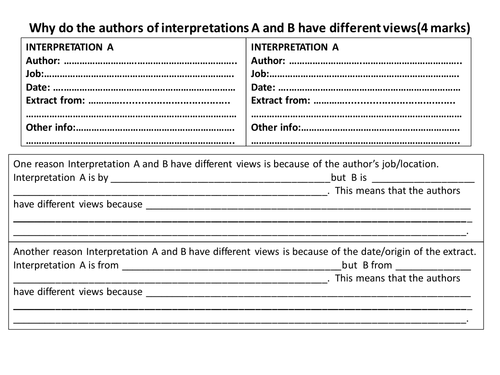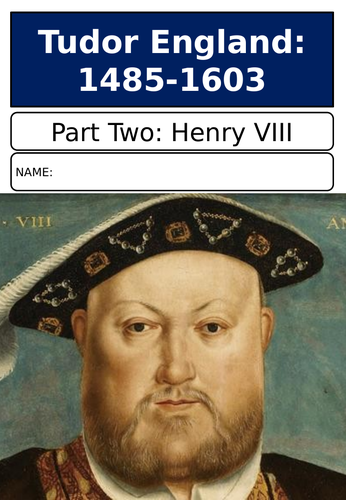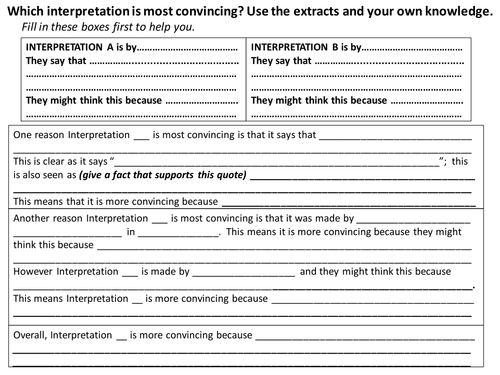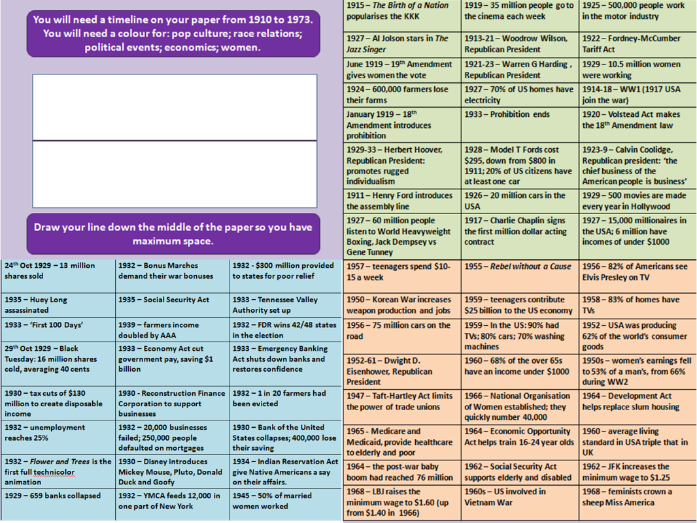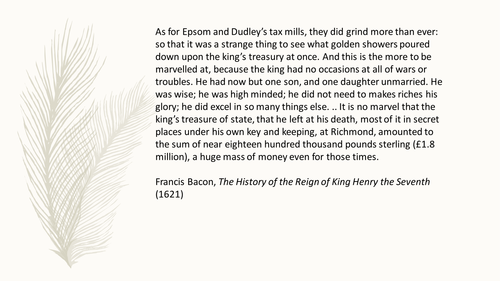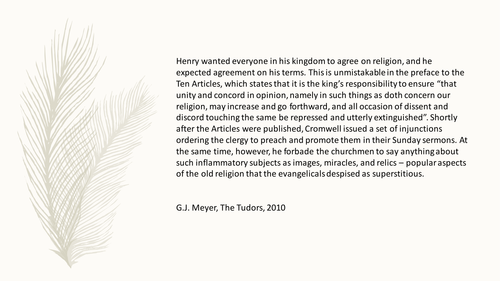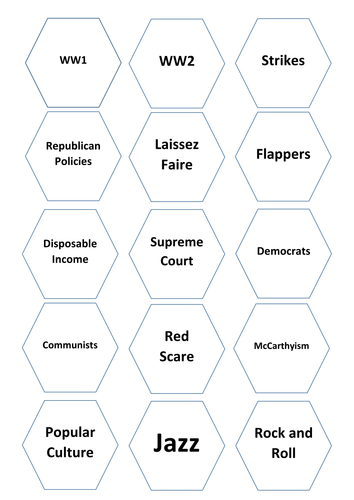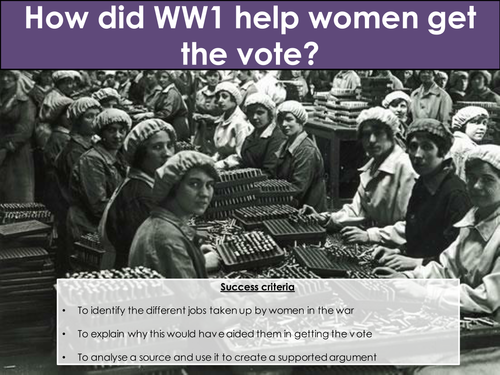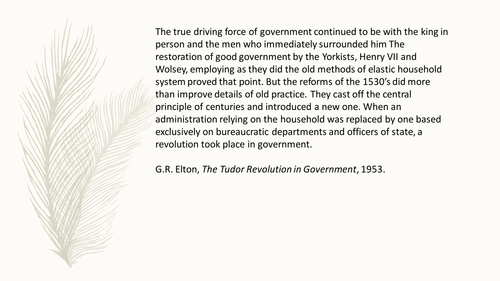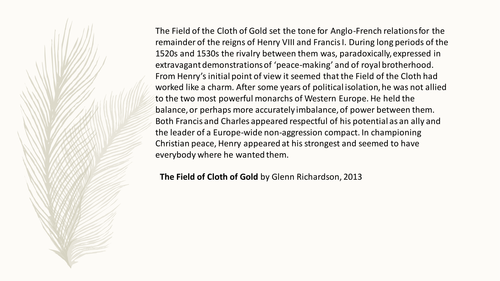Ms C. Allen's Shop
Please browse a selection of History lessons and resources. These cover KS3, AQA GCSE (America 1920-73; Conflict and Tension in Asia; Medicine through Time; Elizabethan England) and AQA History Tudor England (1C) Most of them have writing frames for students who need a bit of support with writing. Please review if you download anything as I will try to edit and improve using any feedback.


